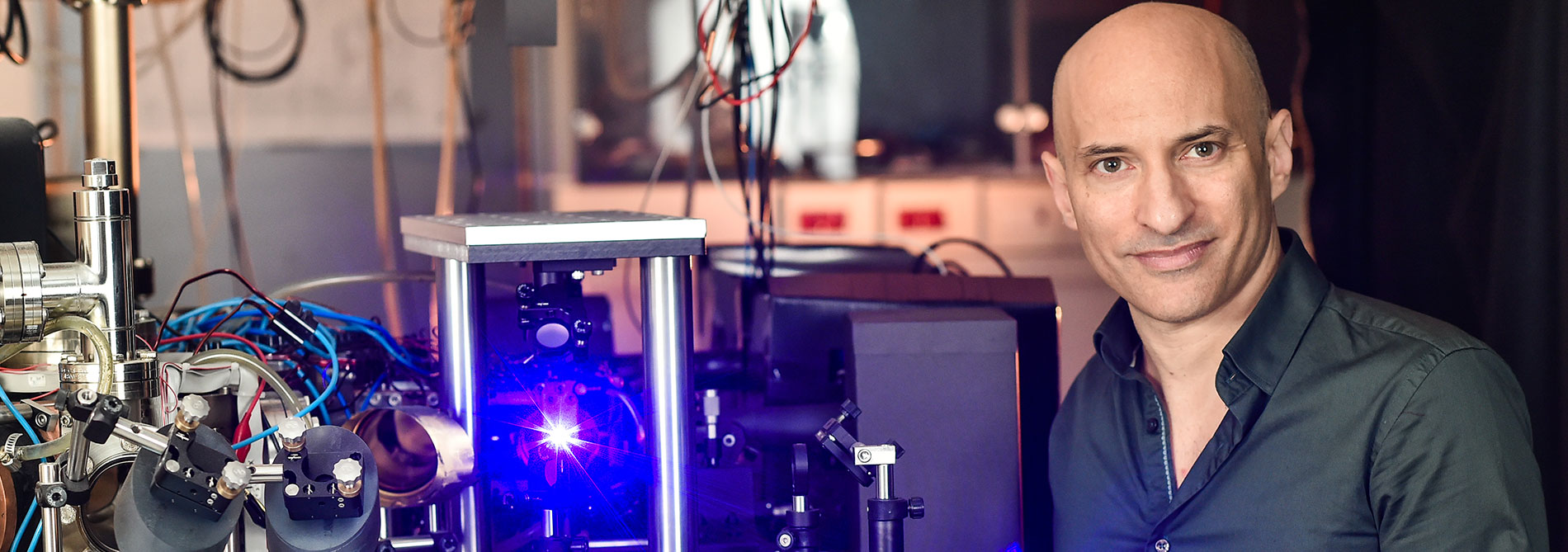Steinhauer Atomic Physics Laboratory
Our research studies important analogies between ultracold atoms and other areas of physics. For almost a decade, we have focused on black hole analogues.
Our latest work follows almost 3 years of improvements to the experimental apparatus. The Hawking radiation is now in close agreement with theoretical predictions. Specifically, the spectrum is now seen to be thermal, and the temperature is given by Hawking’s prediction. The thermality of the spectrum is important because it is the basis of the information paradox.
Previously, we made the first observation of quantum Hawking radiation in any system. This was the result of a 7-year effort, in which we created a sonic black hole, and developed the techniques required to carefully study minute distributions of phonons in a Bose-Einstein condensate. This research path also led to the first quantitative observation of the bunching phenomenon in a Bose-Einstein condensate.
Our Hawking radiation research is based on our pioneering ultra-high resolution imaging system. This system was originally developed for our study of the Josephson effect in a Bose-Einstein condensate. After a 6-year effort, we made the first observation of the AC Josephson effect in a Bose-Einstein condensate, and the first observation of the DC Josephson effect in any system other than superconductors. These observations were in close analogy with the superconducting case.
The ultra-high resolution imaging system also allowed us to make the first in situ study of an optical lattice with single-site resolution and tunneling between sites.
Finally, we are always interested in scientific novelties, such as an object which oscillates periodically from one form to another. Specifically, we discovered a vortex ring which periodically transforms into a soliton and then back into a vortex ring. This breaks the paradigm of the one-way decay of a soliton into a vortex ring.

